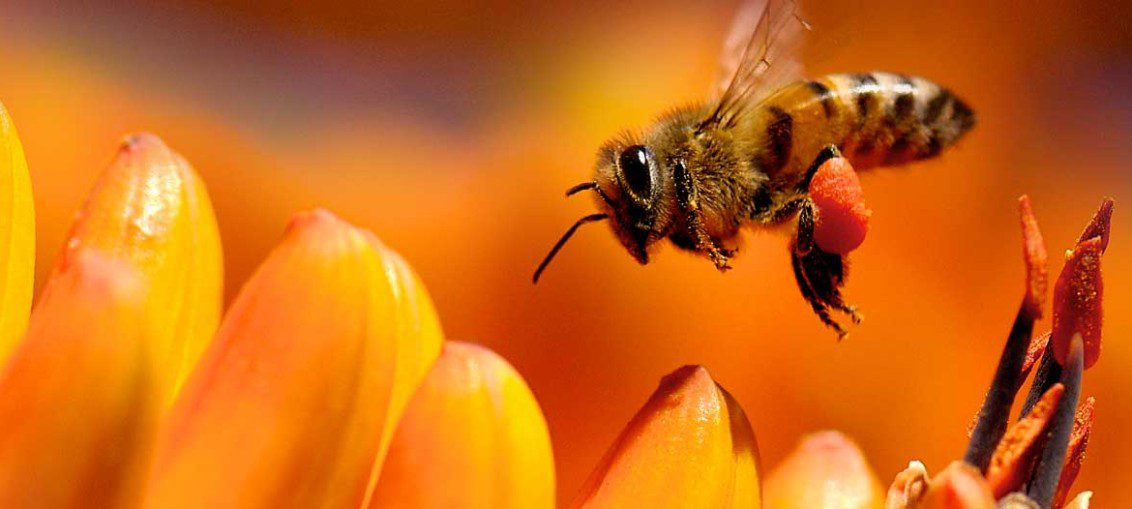
Pollinators, especially bees, play a crucial role in our food system and ecosystem. However, habitat loss and the use of pesticides have led to a decline in bee populations worldwide. By creating a pollinator-friendly garden, you can help support bees and other important pollinators. Here are some creative tips to help you create a garden that saves the bees.
-
Plant a Variety of Flowers Bees are attracted to flowers with bright colors and a strong scent. By planting a variety of flowers, you can provide a diverse food source for bees and other pollinators. Choose flowers that bloom at different times of the year, so that there’s always a food source available.
-
Provide Shelter Bees need a safe and dry place to rest and nest. Consider providing bee houses, which are specifically designed to provide shelter for solitary bees. You can also create areas of bare ground, which are used by ground-nesting bees.
-
Avoid Pesticides Pesticides are harmful to bees and other pollinators. Instead, choose organic gardening methods, which use natural alternatives to control pests. If you must use pesticides, choose ones that are specifically labeled as safe for bees.
-
Create a Water Source Bees need a water source, especially during hot and dry periods. A shallow bird bath or a bowl of water with pebbles for bees to rest on can provide a safe and accessible water source.
-
Plant Native Plants Native plants are adapted to the local climate and soil conditions, making them an ideal food source for local pollinators. Choose native plants that are well-suited to your region and climate.
-
Create a “Bee Buffet” Designate an area of your garden as a “bee buffet,” where you plant a mix of flowers that bloom at different times of the year. This will provide a diverse food source for bees and other pollinators throughout the growing season.
-
Get Creative with Containers If you don’t have a lot of space for a garden, consider planting in containers. You can use a mix of annuals and perennials in a variety of sizes and shapes to create a beautiful and functional pollinator garden.
-
Educate Others Spread the word about the importance of pollinators and the need to create pollinator-friendly habitats. Share your knowledge with friends, family, and community members, and encourage them to create their own pollinator gardens.
In conclusion, creating a pollinator-friendly garden is an important step in protecting bees and other pollinators. By following these creative tips, you can create a beautiful and functional garden that supports biodiversity and helps to save the bees.
